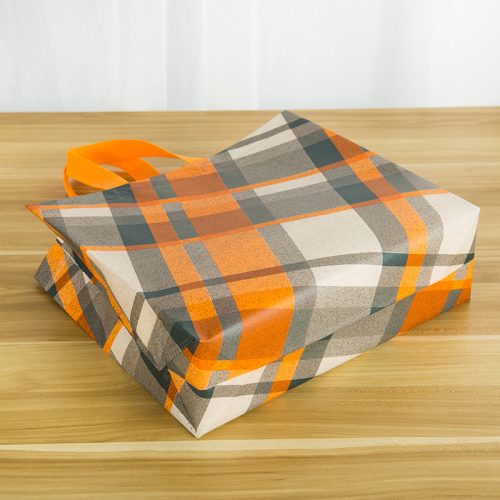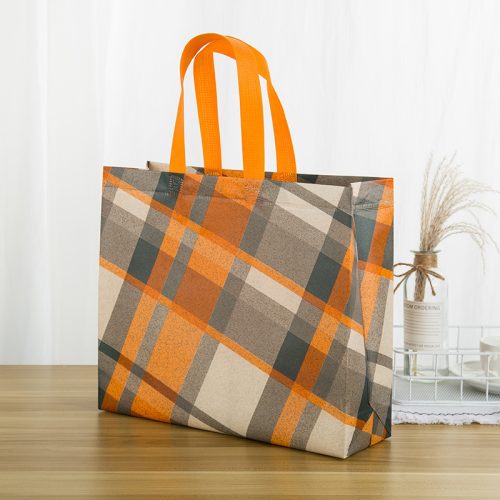In a world where sustainability is paramount, the choice of everyday items can make a significant impact. Non-woven bags have risen to the forefront as a popular and eco-friendly alternative to traditional plastic bags. If you’re looking to make the switch, this comprehensive guide will navigate you through the process of choosing the perfect non-woven bag that suits your needs and aligns with your environmental values.
1. Assess Your Needs:Before diving into the world of non-woven bags, consider your intended use. Are you looking for a reusable shopping bag, a stylish tote, or a versatile carryall? Understanding your requirements will help narrow down your options and ensure that the bag you choose serves its purpose effectively.
2. Material Matters:Non-woven bags are typically made from polypropylene, a synthetic material known for its durability and recyclability. Ensure that the bag you choose is made from high-quality polypropylene to guarantee its longevity. Look for bags with reinforced handles and seams, as these factors contribute to a bag’s overall sturdiness and ability to carry a variety of items.
3. Size and Capacity:Select a bag size that suits your typical shopping or carrying needs. Larger bags are great for grocery trips and bulk shopping, while smaller totes are perfect for daily use or carrying essentials. Consider opting for bags with gussets (folded sides) as they provide extra space when needed, and they can be folded neatly for storage.
4. Design and Style:Non-woven bags come in an array of designs and colors, catering to various tastes and preferences. Whether you prefer a minimalist look or a vibrant pattern, there’s a non-woven bag that suits your style. Some bags even offer customizable options for personal or promotional branding.
5. Closure Mechanisms:Check the closure mechanism of the bag. Some non-woven bags have zipper closures, while others feature snap buttons or simple open tops. Depending on your use case, you might prefer a bag with a secure closure to prevent items from falling out.
6. Eco-Friendly Features:While all non-woven bags are more eco-friendly than single-use plastic bags, some go the extra mile. Look for bags that are made from recycled materials or ones that are certified as eco-friendly by recognized organizations. These options demonstrate a commitment to reducing your carbon footprint.
7. Easy Maintenance:Non-woven bags are relatively low-maintenance, but it’s still important to consider how easy they are to clean. Opt for bags that can be wiped down or machine washed, so you can keep them looking fresh and ready for use.
8. Bulk Buying and Storage:If you’re looking to switch to non-woven bags permanently, consider buying in bulk. Many retailers offer discounts for bulk purchases, and this approach reduces the need for additional packaging. Additionally, choose bags that can be conveniently folded or stored compactly when not in use.
Conclusion:Choosing the right non-woven bag is a thoughtful step toward a more sustainable lifestyle. By considering factors such as material quality, size, design, and eco-friendly features, you can make an informed choice that benefits both you and the planet. With an array of options available, finding the perfect non-woven bag to suit your needs and style is an exciting journey toward a greener future.


